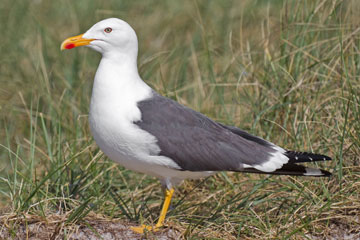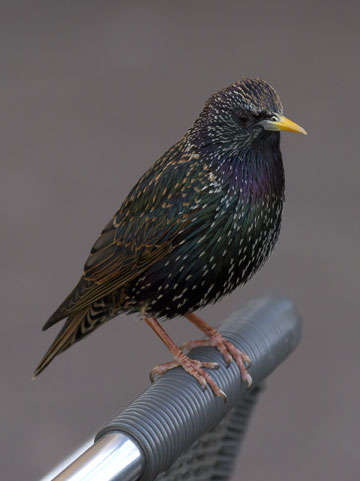Avian Pests
Pest Species
Several species of bird have become pests in the UK;
- Gulls
- Starlings
Now protected, and with a much smaller population than previously, these birds still cause problems in some areas. Under the General Licence, we can address such problems, although we will need to apply to DEFRA for an “Individual Licence”, which our management will do for clients, thus ensuring all legal requirements are met.
- House Sparrows
As with the starling, sparrows are now protected, due to their dwindling wild population Where these birds can be shown to be causing health or safety problems, DEFRA will issue an “Individual Licence”, to pest control contractors.
- Corvids
Crows, magpies, rooks, etc.
- Geese
- Parakeets
Food
...is the most important factor in controlling pest bird populations. As an example, an adult pigeon weighs about 350 grammes, and will eat 50 grammes of food daily – twice the amount eaten by a rat. A hundred pigeons will produce more than 1.5 tonnes of droppings each year, all containing disease causing pathogens.
By supplying food – either deliberately, through dropping uneaten snacks, or via poorly designed rubbish bins – to the birds in an area, humans encourage more birds into that area, and persuade the resident birds to stay there. Birds within any suitable area will inevitably breed, thereby boosting the local population year-on-year, and these birds will remain in the area, breeding and producing more birds which will also stay in the area. The pest bird population will, therefore, grow exponentially unless proper steps are taken to tackle the problem.



